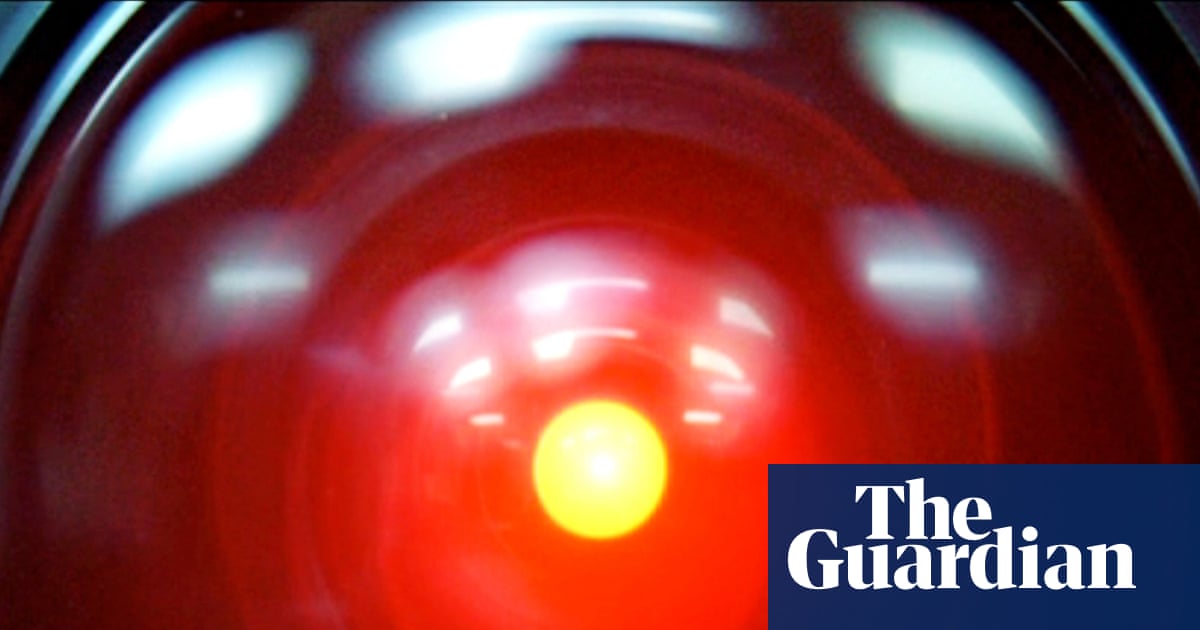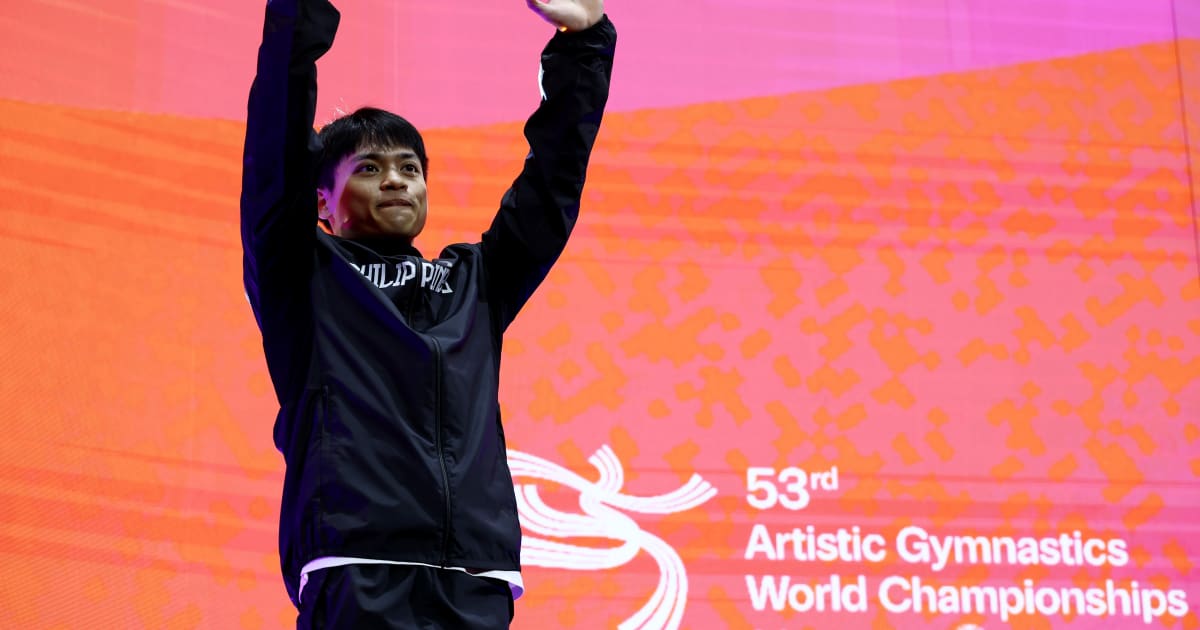When HAL 9000, the artificial intelligence supercomputer in Stanley Kubrick’s 2001: A Space Odyssey, works out that the astronauts onboard a mission to Jupiter are planning to shut it down, it plots to kill them in an attempt to survive.
Now, in…

When HAL 9000, the artificial intelligence supercomputer in Stanley Kubrick’s 2001: A Space Odyssey, works out that the astronauts onboard a mission to Jupiter are planning to shut it down, it plots to kill them in an attempt to survive.
Now, in…

A hospital has said it performed a record number of pioneering procedures in one day in a bid to help curb its backlog.
Frimley Health NHS Foundation Trust said it used aquablation therapy – a robot-assisted waterjet technique – to treat 12…

Harshvardhan Rane is currently buzzing the headlines and is celebrating the success of his latest romantic drama, ‘Ek Deewane Ki Deewaniyat’, which also stars Sonam Bajwa. Directed by Milap Milan Zaveri, the film hit theatres on October 21….

Paris 2024 champion Carlos Yulo captured the vault gold medal on Saturday (25 October), claiming his second podium finish and first win of the 2025 World Gymnastics Championships in Jakarta, Indonesia.
He won the floor exercise bronze on Friday…

– Advertisement –
MULTAN, Oct 25 (APP): The district administration on Saturday announced a zero-tolerance policy to control dengue.
According to a spokesperson,Deputy Commissioner (DC) Waseem Hamid Sindhu directed officials to intensify dengue…